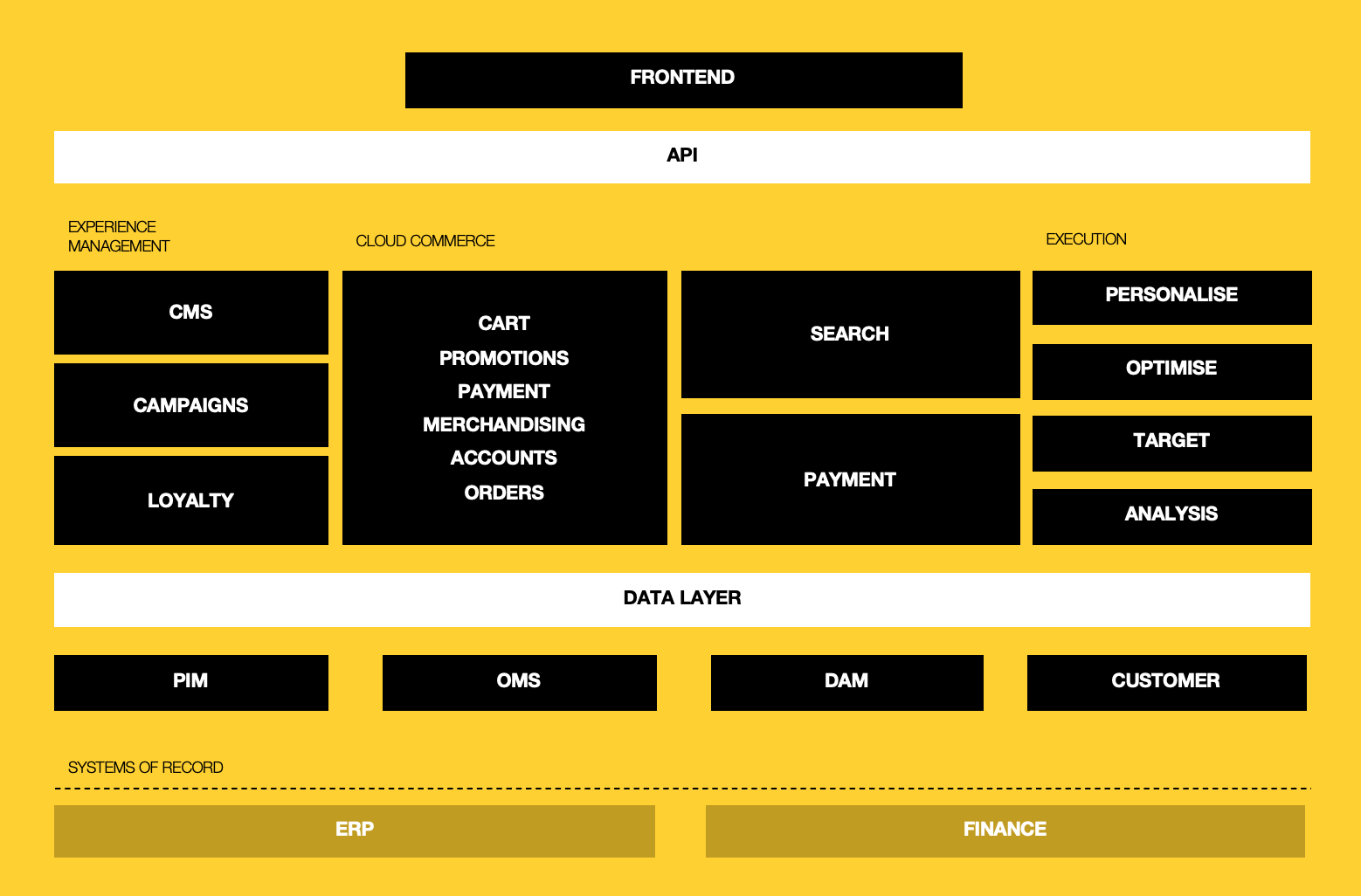MACH architecture: components, benefits, and implementation tips
In today's fast-paced digital landscape, businesses need agile and flexible technology solutions that can adapt to changing market demands. One approach gaining traction is the MACH architecture, which stands for Microservices, API-first, Cloud-native, and Headless. In this article, we'll explore the key components of MACH architecture, its benefits, and provide practical implementation tips.
1. Microservices:
MACH architecture relies on a microservices-based approach, breaking down applications into small, independent services. Each service handles a specific function or feature, allowing for rapid development, deployment, and scalability. This modular design promotes flexibility and facilitates continuous integration and delivery (CI/CD) pipelines.
2. API-first:
The API-first principle emphasizes the importance of well-defined interfaces for communication between different services. APIs (Application Programming Interfaces) serve as the glue that enables seamless interaction between microservices. This approach allows for greater interoperability, making it easier to integrate with third-party services and applications.
3. Cloud-native:
MACH architecture embraces cloud-native principles, leveraging the scalability, reliability, and cost-effectiveness of cloud platforms. By designing applications to run natively in cloud environments, organizations can take full advantage of cloud services, such as serverless computing, auto-scaling, and container orchestration.
4. Headless:
The headless component decouples the front-end presentation layer from the back-end logic. This separation allows for independent development and deployment of the user interface, enabling a more dynamic and personalized user experience. Headless architecture is particularly valuable in omnichannel environments, where content needs to be delivered across various channels and devices.
Benefits of MACH Architecture
1. Flexibility and Scalability:
MACH architecture provides the flexibility to adapt to evolving business needs. With microservices and cloud-native principles, organizations can easily scale individual components to handle increased demand, ensuring optimal performance during peak times.
2. Innovation and Time-to-Market:
The modular nature of MACH architecture accelerates development cycles. Teams can work on independent services, allowing for parallel development efforts and faster time-to-market for new features and products.
3. Interoperability and Integration:
API-first design facilitates seamless integration with third-party services, legacy systems, and emerging technologies. This interoperability opens up opportunities for businesses to leverage a broader ecosystem of tools and services.
4. Enhanced User Experience:
Headless architecture empowers organizations to deliver content and services consistently across various channels, providing users with a cohesive and personalized experience.
Implementation Tips
1. Start with a Comprehensive Assessment:
Before embarking on a MACH architecture transformation, conduct a thorough assessment of your existing systems, identifying components that can be decoupled and migrated to a microservices-based model.
2. Prioritize Security and Governance:
With distributed microservices, robust security measures and governance frameworks are critical. Implement robust authentication, authorization, and encryption mechanisms to protect data and services.
3. Embrace DevOps Practices:
Adopt DevOps practices to streamline the development, testing, and deployment processes. Automation, continuous monitoring, and feedback loops are essential for maintaining the reliability and performance of a MACH-based system.
4. Leverage Cloud-Native Services:
Take full advantage of cloud-native services, such as serverless computing, managed databases, and container orchestration platforms like Kubernetes, to optimize scalability and reduce operational overhead.
A typical E-commerce MACH landscape could look like this
Conclusion
In conclusion, MACH architecture stands as a robust solution for businesses navigating the digital era. Its core components - Microservices, API-first, Cloud-native, and Headless - offer a roadmap for innovation and adaptability.
The advantages encompass flexibility, scalability, faster time-to-market, interoperability, and an enriched user experience. To embrace MACH successfully, prioritize security, embrace DevOps, and utilize cloud-native services.
MACH architecture leads businesses toward adaptability and competitiveness in the dynamic digital realm.
